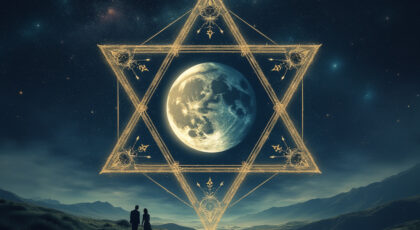When we look at someone, what do we see? Do we see their humanity, or do we instinctively label them by their caste, color, creed, status, or nationality? It’s a painful reality that so many of us have been conditioned to see differences first, and humanity second. But the moment we categorize someone into these compartments, we unintentionally bring in separation. And separation has always been fertile ground for agendas—manipulated by both sides.
It’s no surprise that this manipulation leads to mistrust, conflict, and division. But let’s pause and ask ourselves: Are these distinctions worth more than the shared essence of being human? The truth is, any true progress—be it personal, societal, or global—demands that we rise above these labels. We need to strip away the layers of man-made division and recognize people as humans first and foremost.
Now, there’s a lot of buzz about the concept of One Nation, One Election. It’s a practical idea—streamlining resources, reducing chaos, and aligning governance under one umbrella. But let me tell you something: As great as One Nation, One Election sounds, it’s not the ultimate goal. What we truly need is One Nation, One Purpose.
Why? Because without a unifying purpose, even the most streamlined systems will fail to create real change. One Purpose isn’t just about governance; it’s about soul alignment—finding a shared meaning that transcends differences and elevates us collectively. This purpose should be rooted in humanity, empathy, and coexistence, allowing us to celebrate the beauty of diversity without letting it divide us.
Cultural Diversity, Not Categorical Separation
It’s vital to make one thing clear—celebrating diversity isn’t the same as enforcing division. Diversity is the richness of our cultural and traditional beauty, something that should unite us rather than segregate us. Imagine a world where people are appreciated for their unique traditions and values but never reduced to a single identifier. Wouldn’t that be a world worth striving for?
To become a global leader or a Jagat Guru (teacher of the world), this perspective is non-negotiable. A true guru—a truly awakened guide—does not and cannot distinguish people into categories. The moment you divide, you stop leading; you merely start managing factions. Leadership, in its purest form, means creating unity, not through conformity, but through purpose-driven diversity.
The Movements Waiting to Happen
Some of the greatest movements in history came from a place of shared humanity—a collective desire for change that transcended boundaries. But here’s the thing: Some of the most critical movements are still waiting to happen. Movements that will define whether we can truly rise as a nation of awakened leaders, healers, and guides.
These movements require us to challenge deeply embedded systems of division. They demand courage to let go of historical biases and move toward a vision of unity. And unity doesn’t mean sameness. It doesn’t mean erasing differences but rather honoring them while upholding a common purpose.
The Call to Action: What Can We Do?
So, how do we start? By being mindful in our daily interactions. Ask yourself:
- Am I seeing someone as a human being first?
- Am I unconsciously labeling them by their caste, religion, or nationality?
- Am I contributing to the problem by holding onto stereotypes or judgments?
Awakening isn’t a one-time event—it’s a process, and it begins with awareness. Start small. Start within. Because the change we seek in the world starts with how we choose to see the world.
Let us make One Nation, One Purpose more than just a slogan. Let it become a way of life. Let us build a nation—and ultimately, a world—where people are defined by their humanity and cherished for their unique contributions to our collective story.
Together, we can lead this movement, not just for ourselves but for generations to come. The time is now. Let’s rise above divisions, awaken to our shared purpose, and create the world we’ve always dreamed of—a world where being human is enough.



